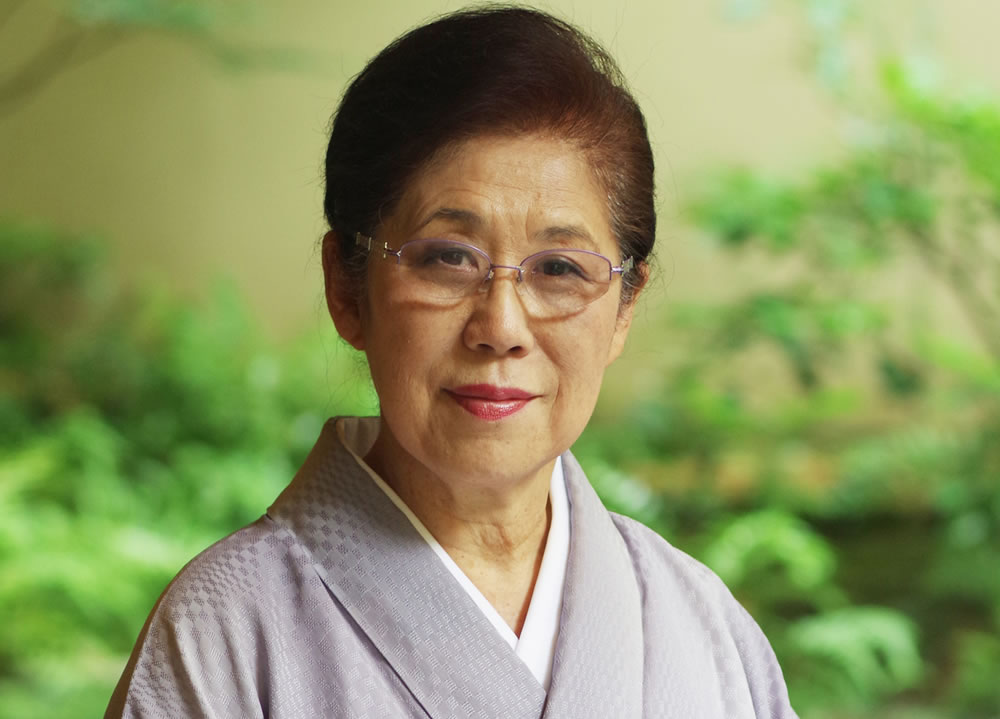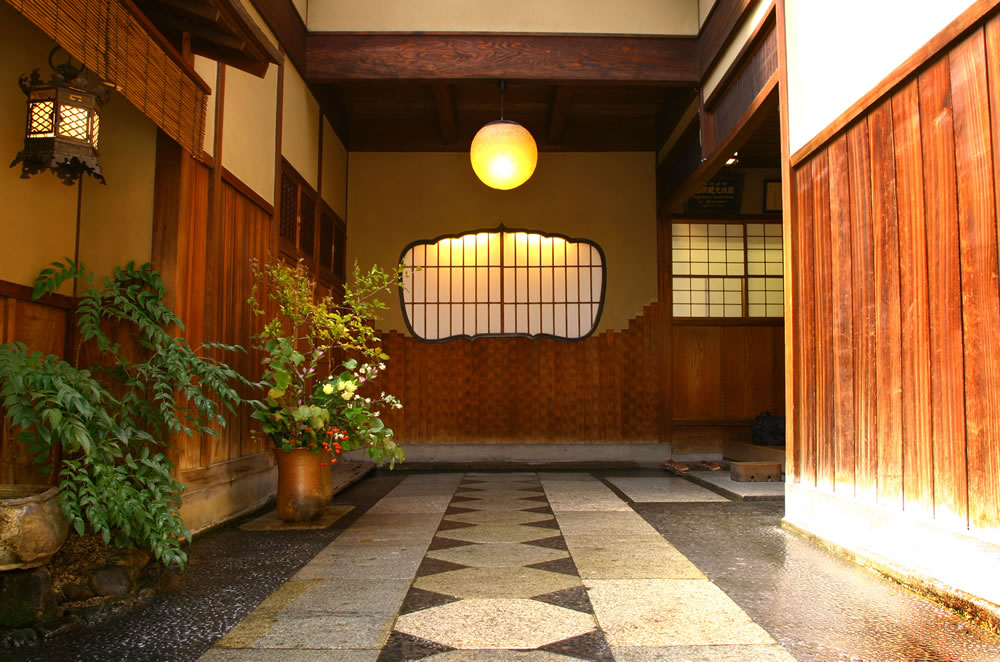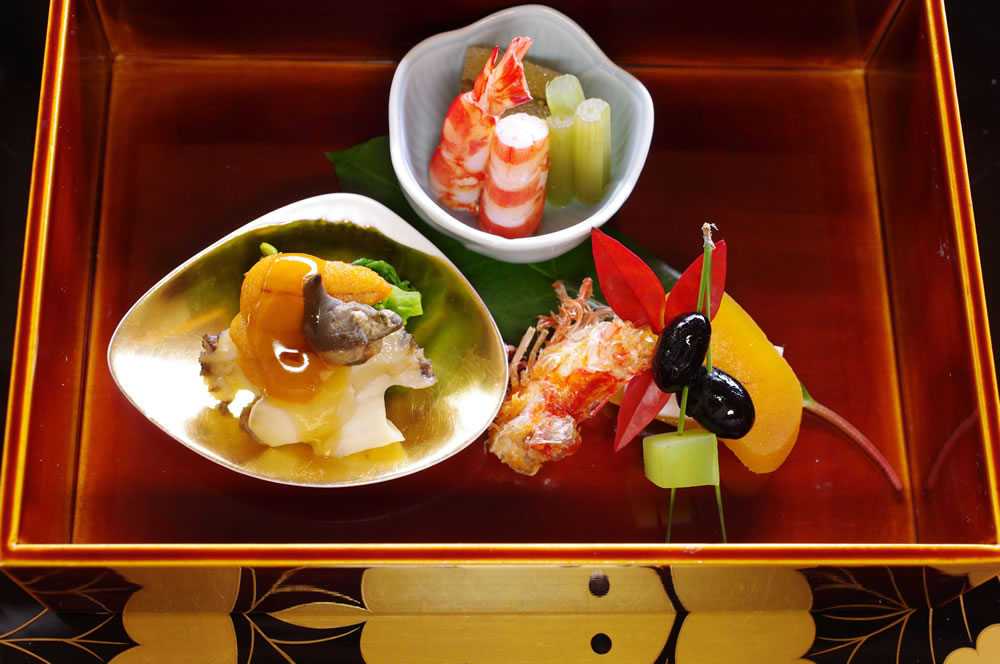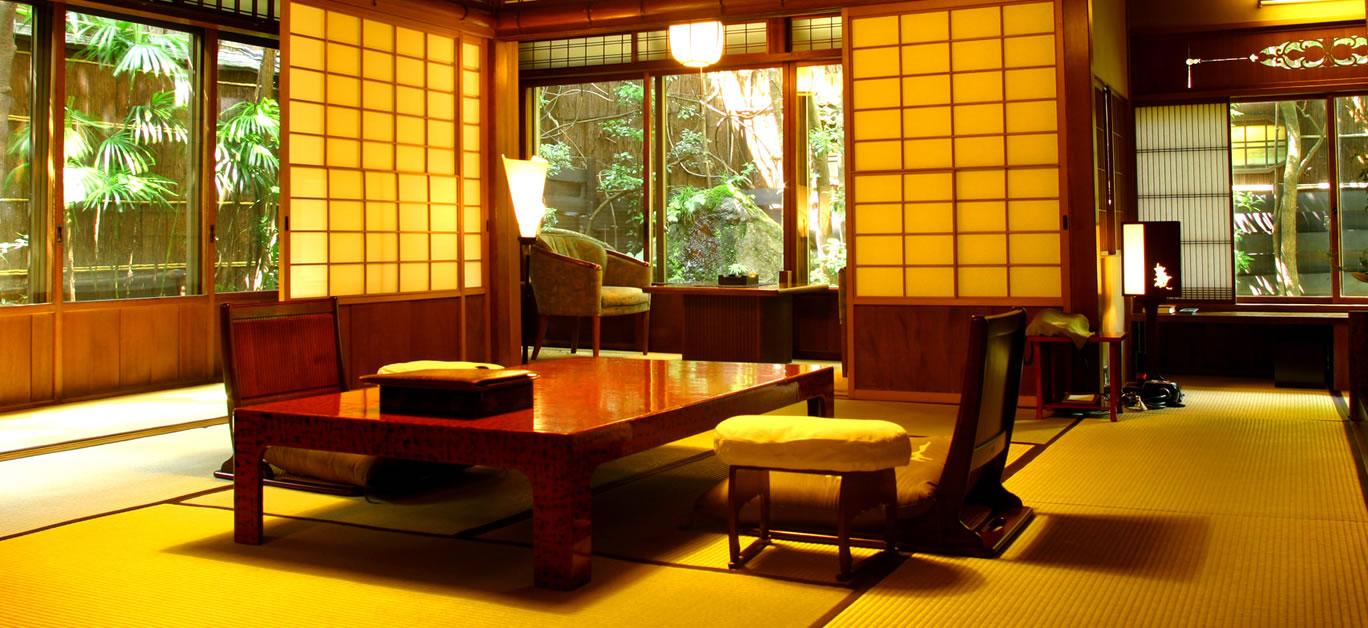Here at LLM – Luxury Lifestyle Magazine we are big lovers of all things Japanese. When visiting this amazing country, we have always been astounded by the incredible attention to detail we’ve encountered, from the delicate cuisine to the ornate fashions or, perhaps, most importantly, the impeccable hospitality.
Japan has more than 50,000 traditional hotels, which are also known as ryokan. For over 1,300 years, Japan’s ryokan have developed and maintained an exclusive spirit of hospitality called omotenashi.
According to omotenashi, ryokan owners take much careful consideration to create the appropriate setting (shitsurae), appearance (yosooi) and conduct (furumai) as the most important factors when welcoming visitors. In bedrooms, owners arrange flowers to symbolise the different seasons, sprinkle water outside the entrance to purify the room and light incense for guests. Female members of staff will often wear beautiful kimono, the traditional dress intrinsic to Japanese culture and these are woven with designs of the natural world as an appreciation of nature’s beauty.
We recently met with Ms. Akemi Nishimura, landlady of luxury Ryokan Hiiragiya in Kyoto to talk about the traditions, history and what makes ryokans so special to visitors.

Can you tell us what makes a traditional Japanese ryokan?
The definition of a ryokan is a hotel with wooden outer panels, traditional Japanese architecture and water gardens. Since 1952, most have been built in concrete, retaining traditional features, such as wooden baths, ornamental gardens and tatami-matted rooms.
Much like the ancient Christian monasteries of Europe, the roots of the first ever ryokan began, however, over 1,300 years ago in Japan’s Buddhist temples. These religious houses welcomed weary travellers, providing a place to rest and a meal to eat and we see modern day ryokan as continuing to offer a scared place to stay. For example, the luxury Kyoto ryokan Hiiragiya is itself named after a religious Japanese shrine.
What makes the experience of staying in one so special?
The experience encounters so much more than the accommodation. Ryokans showcase the traditional industries of Japan – craftsman, artisans, artists – ryokans support all of these by displaying their work on the walls to inspire. Guests might see intricately beautiful kimonos or elaborate hanging scroll, for example. Ryokan owners also feel it is their responsibility to help preserve the traditional industries of Japan, to keep them alive and create special experiences for guests as a result.

The cuisine offered in a ryokan is also distinctive by way of Kaiseki, a traditional multi-course Japanese dinner. Kaiseki includes various beautifully presented dishes, served in different ways – sashimi, grilled, boiled, fried, steamed, marinated, and vinegared. Kaiseki dates back to a period of the Samurai era, around 300/400 years ago and this haute way of serving food was originally performed for the Emperor of Japan and his guests – never carried out in ordinary Japanese homes. This, in turn, makes our guests feel their visit to a ryokan is an exclusive event.
There is really no comparison worldwide to staying in a ryokan; they are 100% uniquely Japanese, with guests surrounded by local people, food, culture and nature, offering them the feeling that they are part of the local community.
There are hundreds of ryokans in Japan, why should travellers experience one in Kyoto?
Kyoto is the original capital, where every tradition of Japan was born (‘Kyo’ and ‘to’ both mean ‘capital’) and many artistic techniques originate here too. Ryokans in Kyoto represent these unique crafts, due to their location and proximity to the birthplace of Japanese arts. Our ryokan here arguably display the richest Japanese culture, due to their regional heritage.
What else can be experienced in a ryokan?
Along with the traditional Kaiseki cuisine, all ryokans offer a traditional tea ceremony. This is a ceremonial way of preparing and drinking green tea, typically in a room with a tatami floor. Beyond just serving and receiving tea, one of the main purposes of the tea ceremony is for the guests to enjoy the hospitality of the ryokan host, in an atmosphere distinct from the fast pace of everyday life.

What other traditional Japanese cultural traditions should be experienced as a visitor?
Ryokan owners often pass down their properties through families for hundreds of years, so are well-connected and respected figures in their communities. Owners could be compared, for example, to the top hotel concierges of the world, such as members of the Society of Golden Keys in Britain or Les Clefs d’Or in France. Ryokan owners are adept in making exceptional introductions for guests, which in turn lead to unique vacation experiences.
Owners can organise, for example, a private Geisha performance. Geisha would be dressed immaculately in a kimono, obi belt and elaborate hairstyle with adornments, and they might play classical Japanese music, dance or recite poetry for guests. Otherwise owners may be able to arrange a ‘Koh-do’, or incense ceremony – another important tradition in Japan. Incense ceremonies are traditionally carried out with a master of ceremonies to appreciate all aspects of the incense process, from the tools, to activities such the incense-comparing games.
The unique experience of staying in a ryokan, always leaves travellers feeling they have experienced the true Japan.






















